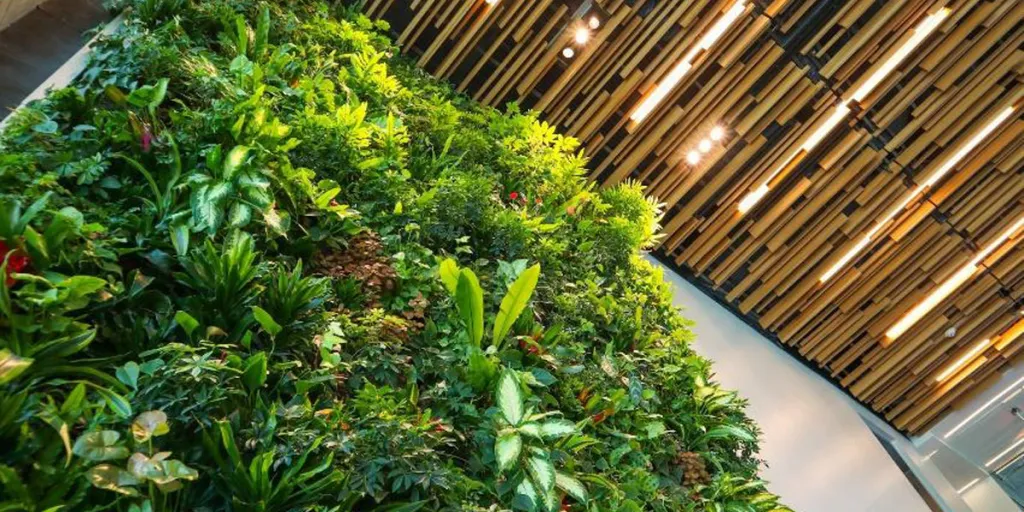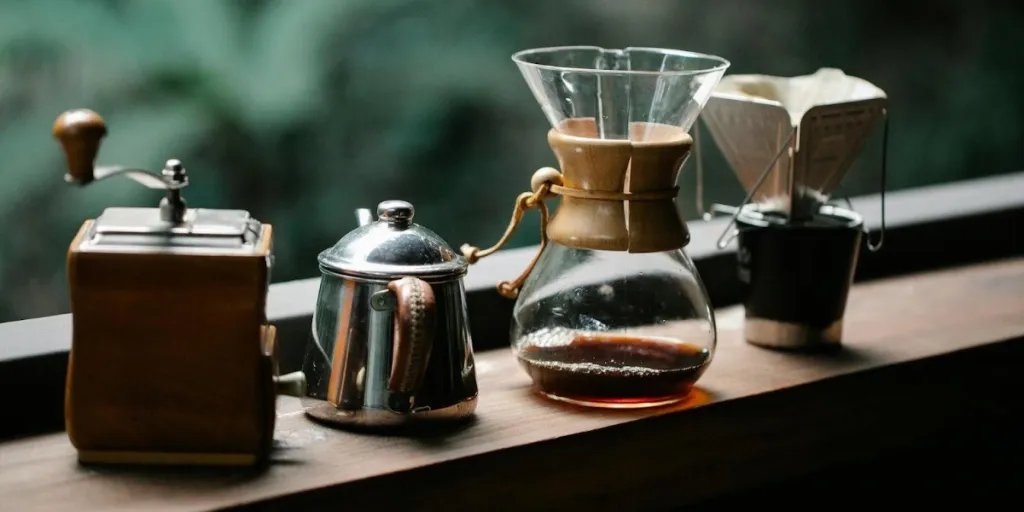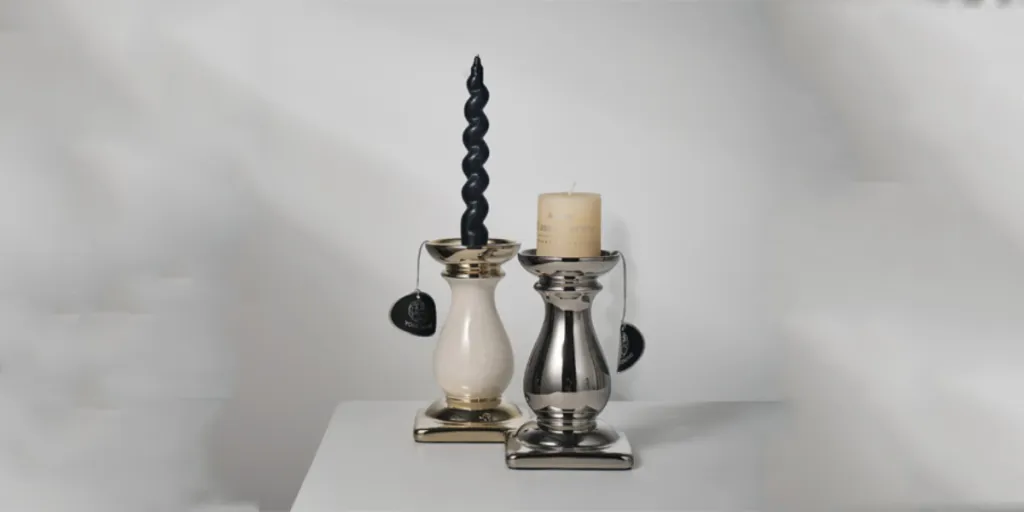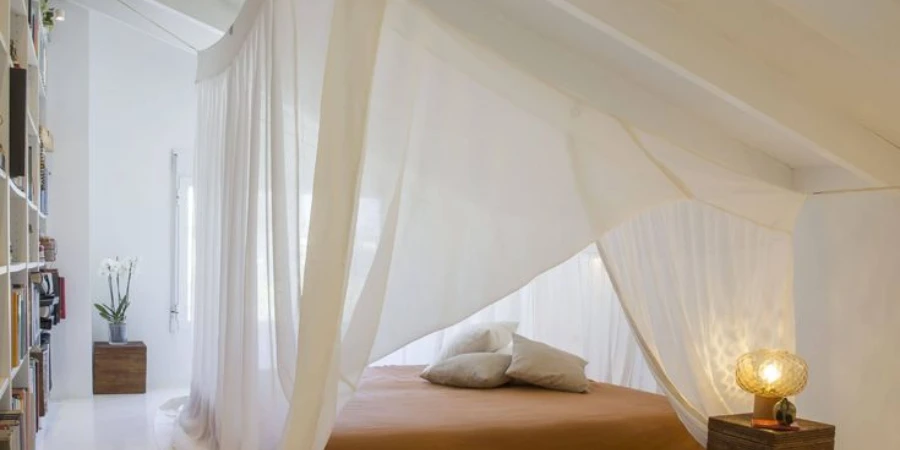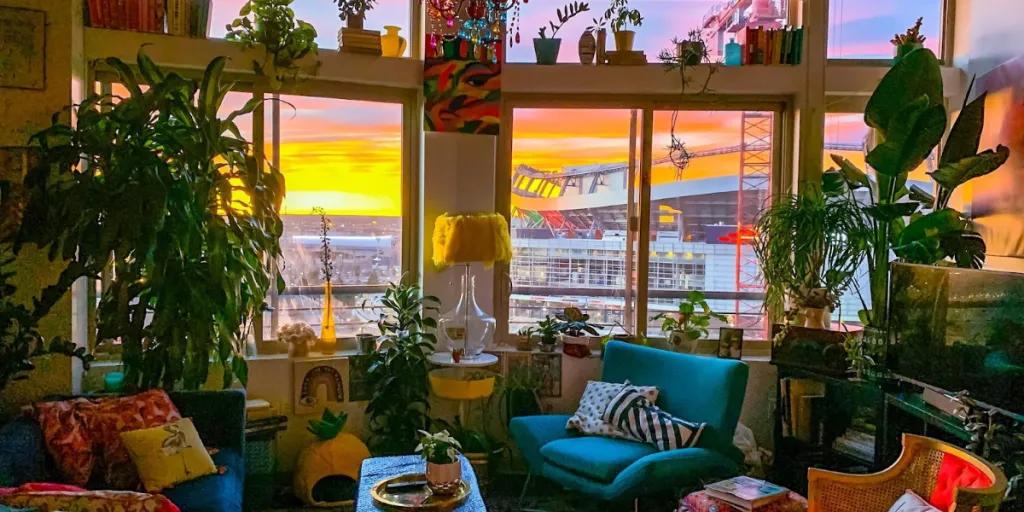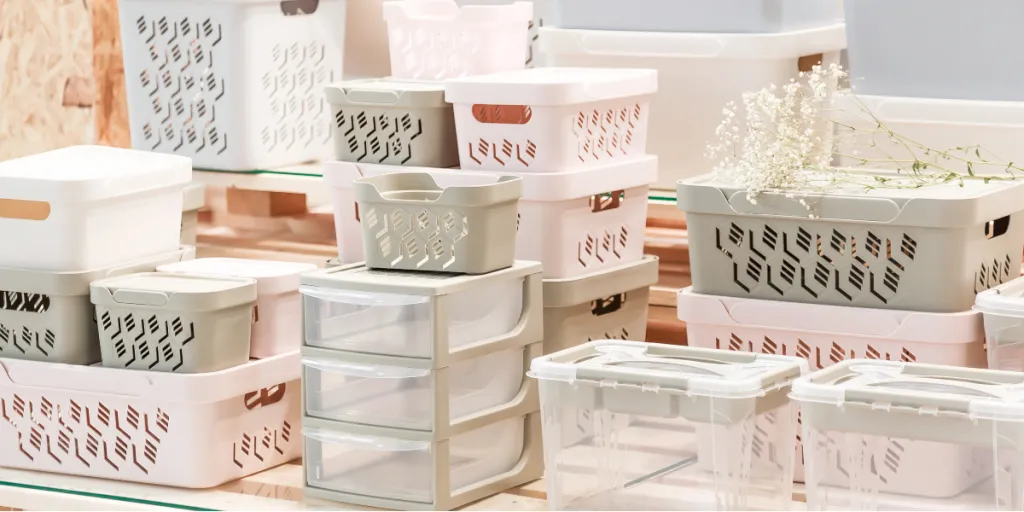Biophilic design encourages a positive relationship between people and the environment. There is a lot of opportunity for growth in the market for biophilic products. This guide aims to help retailers to select the best products for consumers interested in biophilic interior design.
Table of Contents
Why biophilic products have business potential
The different types of interior biophilic products
What to look for when selecting biophilic products
Conclusion
Why biophilic products have business potential
Biophilia is a term that describes the tendency to interact or seek close connections with nature. Biophilic interior design increases this connection to the earthly environment by using sustainable materials, natural features, and biophilic forms.
The global biophilic design market was valued at USD 30.8 billion in 2016 and is expected to expand to USD 98.8 billion by 2025 at a compound annual growth rate (CAGR) of 16.4%. There is huge potential to do business in this growing market.
An increasing awareness about environmental concerns is driving the adoption of biophilic interior design solutions in both the commercial and residential sectors. Whether for retail spaces and office buildings, or hospitality, healthcare, and education facilities, biophilic indoor environments can have a great influence on human attitudes, behaviours, and satisfaction. A building with biophilic design may also attract more tenants and buyers, which will increase its market value over time.
The different types of interior biophilic products
Biophilic furniture
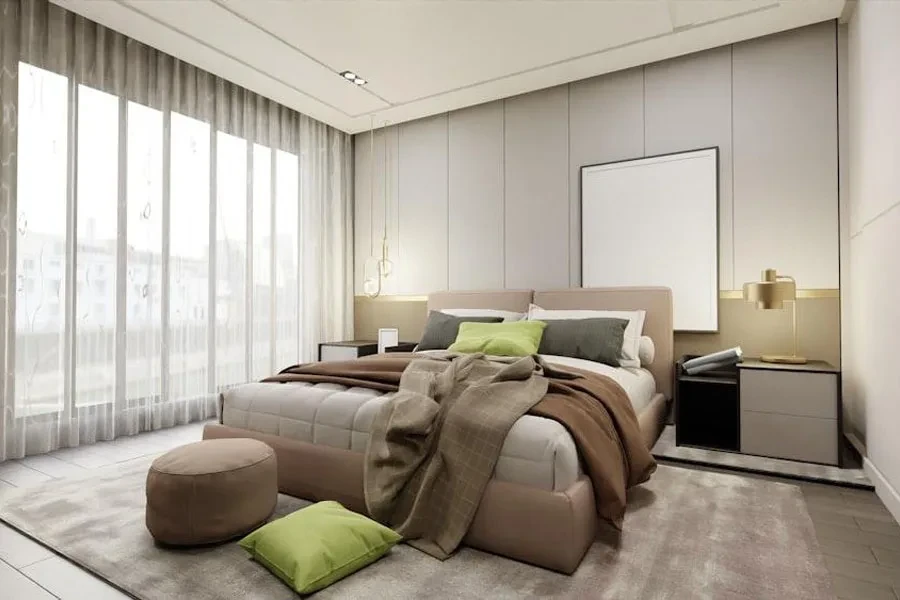
From plush sofas to round coffee tables, biophilic furniture creates an interior space inspired by aspects of nature. Biophilic furniture often boasts organic structures with curves, soft edges, and pillowy elements. These softer shapes are used as ergonomic features to make furniture ultra comfortable.
Natural materials also play a prominent role in biophilic indoor furniture because they offer a connection to nature while also giving a space warmth and texture. Bamboo, wood, cork, stone, and rattan are all timeless materials that will remain popular regardless of changing trends.
Indoor plants
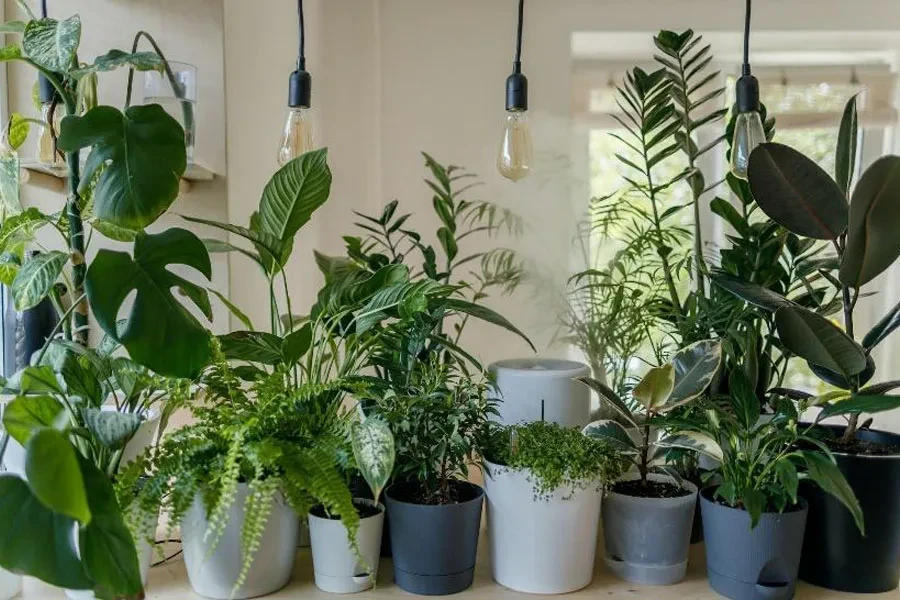
Indoor plants add a living element to a room and help improve air quality. This category of biophilic interior products includes various types of plants suitable for indoor environments, such as succulents, snake plants, ferns, and small trees.
Living walls and vertical gardens are other ways to incorporate living plants into a space. These types of indoor installations make a stunning statement and can be fitted to any vertical surface, such as walls or partitions.
Biophilic artwork
Biophilic artwork, such as paintings, photographs, installations, or sculptures, are art pieces that evoke the feeling of being in nature. They bring the outdoors inside and are an affordable way for customers to introduce biophilic design elements into their spaces.
A piece of biophilic wall art will commonly feature natural landscapes, colors, textures, and motifs. Wall hangings with jute, rattan, or sisal can also create a tactile connection to nature.
Lighting solutions
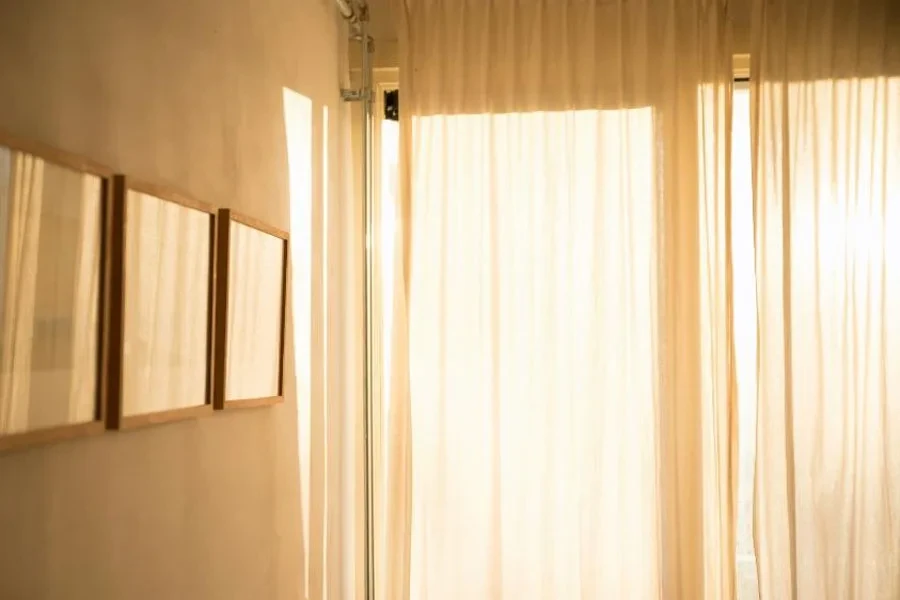
Maximizing natural light is a key pillar of the biophilic design principles. There are several biophilic lighting solutions available that are designed to optimize natural light in indoor spaces. Window treatments for floor-to-ceiling windows, such as sheer curtains or blinds, allow sunlight to filter into a room and reduce reliance on artificial lighting.
Biophilic lighting fixtures can also mimic natural light patterns through circadian lighting or tunable white lighting. These natural lighting patterns create a more natural environment to help regulate the body’s rhythms.
Biophilic accessories
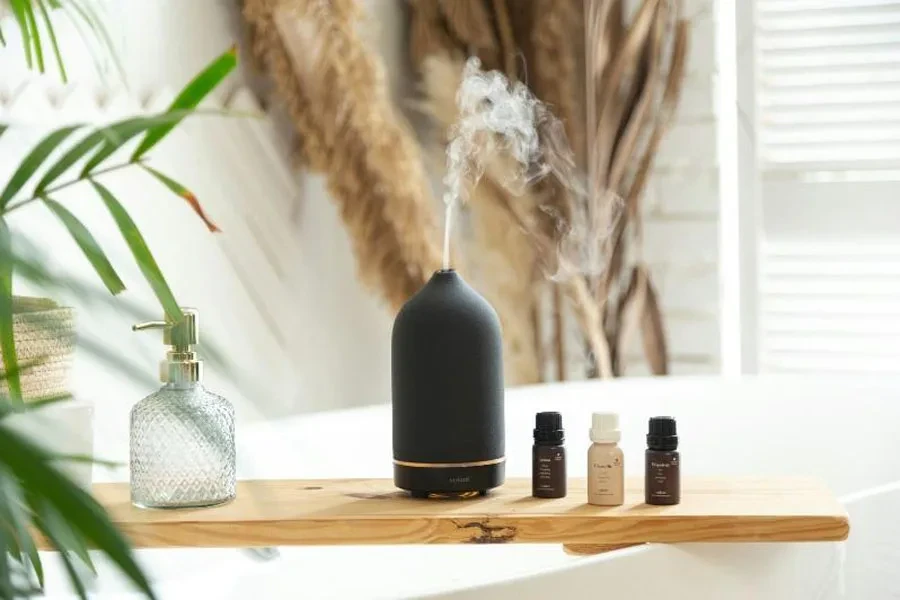
A small biophilic accessory is perfect for customers interested in a quick and easy introduction to biophilic interior design. Examples of small biophilic décor items include terrariums, wall decals, or scent diffusers. Other lower commitment decorative biophilic accessories consist of floor rugs or throw pillows that can be used to accent existing furniture.
Any type of product that incorporates water features into its design can also introduce a calming and soothing natural element into an interior space. A biophilic decoration with water can feature a fountain, waterfall, or pond.
What to look for when selecting biophilic products
Natural materials
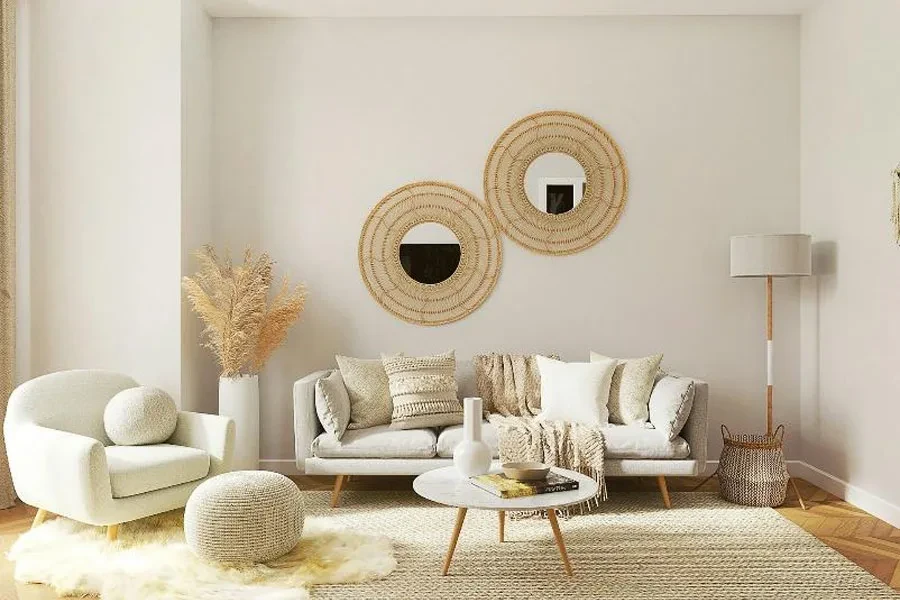
Biophilic interior design products often incorporate natural materials such as plants, wood, or stone. Products that are made from renewable materials with low environmental impact and through sustainable practices are also more likely to resonate with biophilic design enthusiasts.
There are certain certifications and standards, such as FSC certification for wood products, that can further enhance the trustworthiness of some biophilic interior decor products.
Integration with nature

The goal of biophilic interior design products is to create sensory experiences and facilitate a connection to nature. A biophilic product that incorporates elements of nature into its design can take advantage of natural light, the sound of water, or views of nature. It can also mimic the natural patterns, shapes, and colors found in nature by featuring curves, small imperfections, and organic shades like green, blue, yellow, brown, orange, and pink.
Health and wellbeing
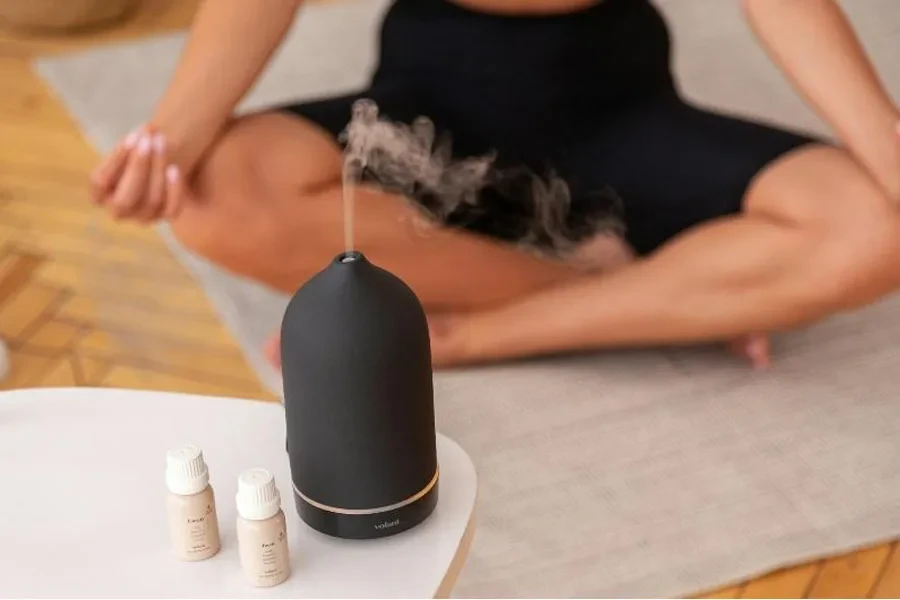
A major benefit of biophilic design is that it promotes an indoor environment that nurtures the health and wellbeing of its occupants. The biophilic audience is likely to appreciate biophilic interior products that contribute to a healthy indoor living space. Products with this feature are designed to help reduce stress and enhance productivity by improving air quality and minimizing air pollution.
Functionality and aesthetics

Biophilic products boast both functionality and aesthetics. While biophilic interior design products must serve a purpose, they must also enhance the overall beauty of a space. Biophilic enthusiasts are more likely to appreciate products that are visually appealing and evoke a sense of calm and tranquility.
The use of durable and long-lasting materials that can withstand frequent use without compromising aesthetic appeal is important. There is also a growing demand for customizable biophilic indoor decor products to cater to a diverse range of design preferences and spaces. Customization can be achieved through modular pieces, custom finishes, or adaptable layouts.
Conclusion
The latest trend in interior design is the use of biophilic products that enhance the connection with the natural environment. There are a variety of biophilic interior products available in the market, from furniture and lighting to artwork, indoor live plants, and accessories. Regardless of product type, the key characteristics of biophilic products include the use of natural materials, a connection to the natural world, promotion of health and wellbeing, and a balance between functionality and aesthetics.
As consumers seek out products that contribute to a greener lifestyle, new and innovative products that promote a connection to nature are constantly being developed. Businesses have a prime opportunity right now to tap into the market of biophilic interior design products.
